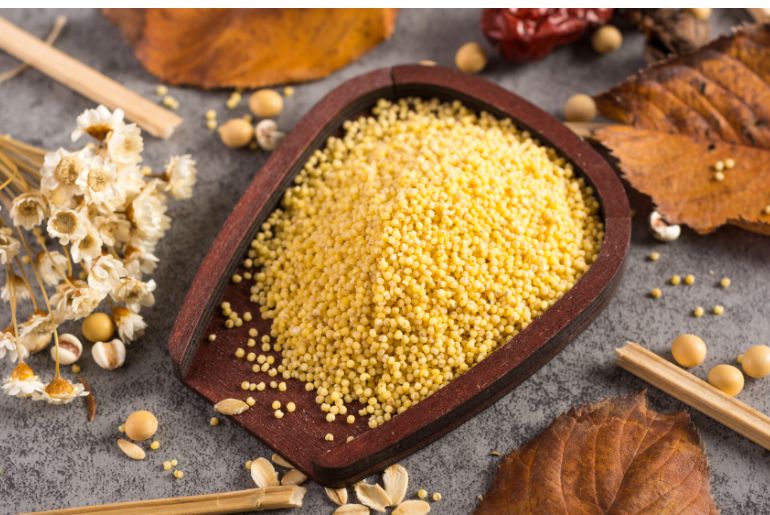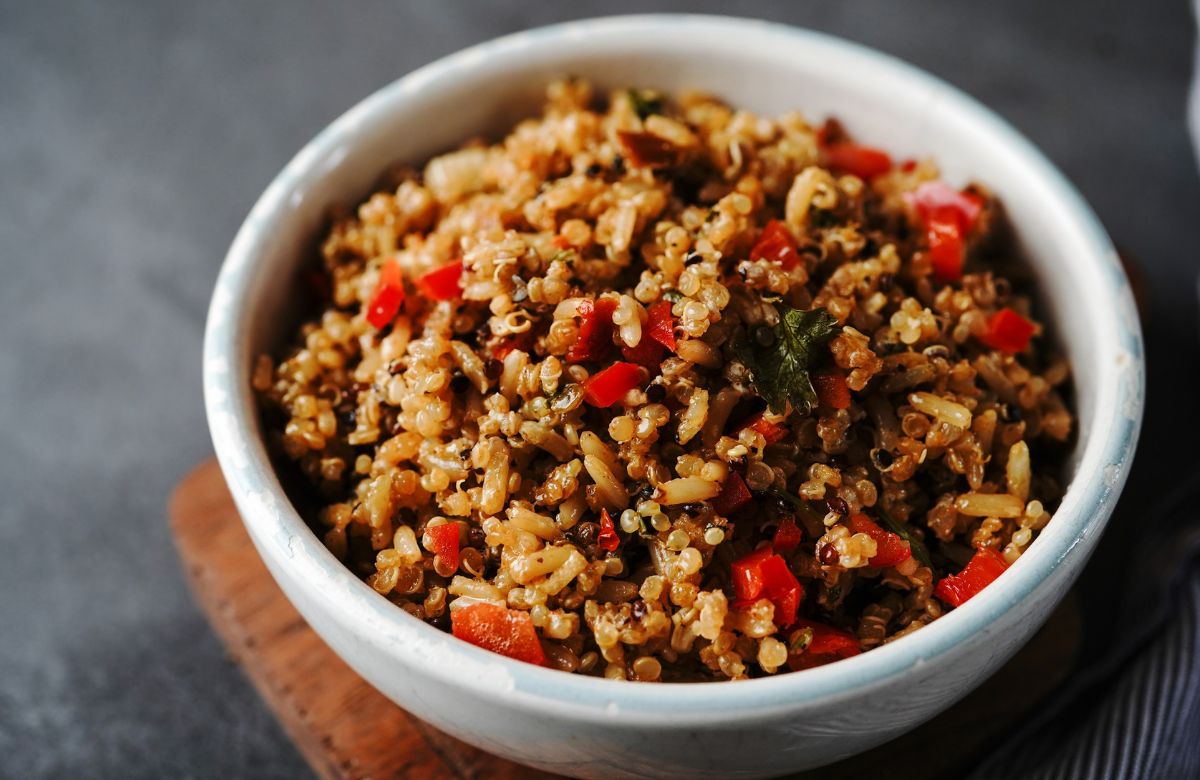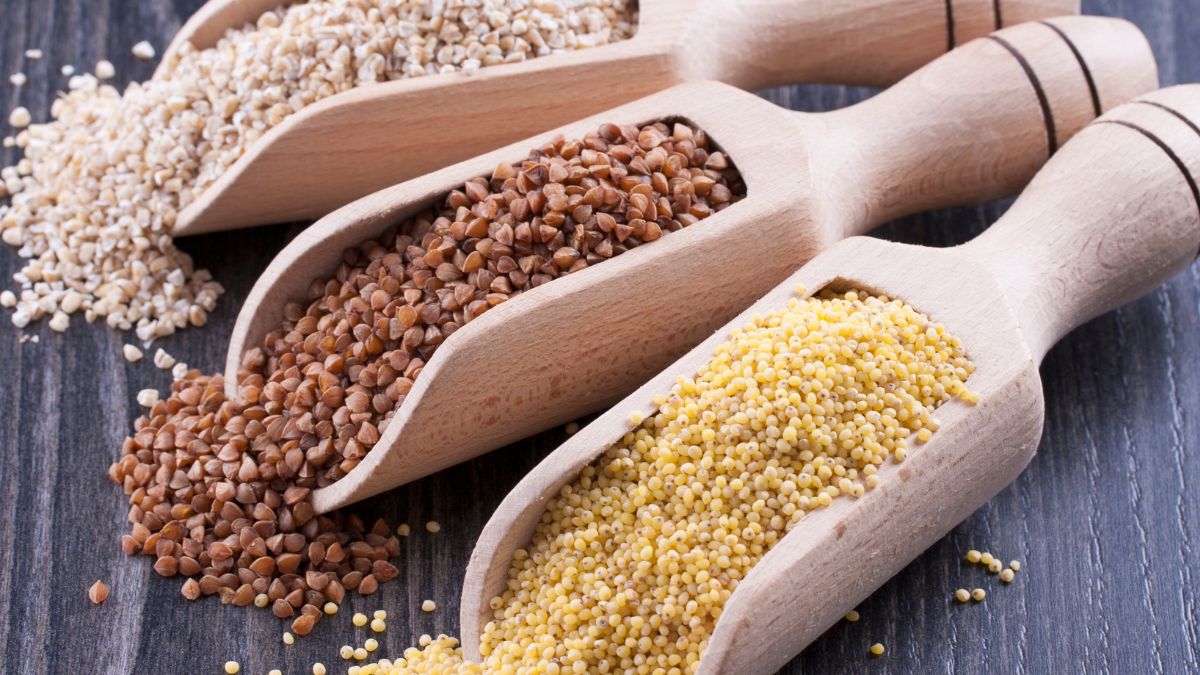In recent years, a quiet revolution has been taking place in the Indian culinary landscape – the resurgence of millets. One of the primary reasons for the resurgence is their associated health benefits. The 52nd Goods and Services Tax (GST) Council Meeting is underway, with key decisions being revealed. The GST rate on millet flour food production has been announced and is believed to have been reduced by 13%.
GST On Millets Reduced

According to India.com, the GST on Millet Flour preparations has been reduced by a total of 13%. The Goods and Services Tax (GST) Council has decided to reduce GST on millet flour food preparations from the current 18% GST to 5%. However, more information is awaited.
According to an article by Business Today, Union Finance Minister Nirmala Sitharaman announced on Saturday that the Goods and Services Tax (GST) Council has determined that millet flour comprising 70% composition will be tax-free, with a 5% GST on branded products.
During the press conference, the minister stated that food preparation of millet flour containing at least 70% composition by weight will have no GST when sold loose without branding. Millet flour has recently acquired popularity due to its great nutritious content. The year 2023 has been designated as the ‘Year of Millets’ in India. The exemption is significant at this time.
ALso read: Recipe: The Perfect Millet Biryani Recipe For A Hearty And Nutrient-Rich Meal
Why Millets Are Popular

These tiny, nutrient-rich grains are experiencing a remarkable resurgence in popularity in India. This is driven by their numerous health benefits, sustainable farming practices, and a growing appreciation for traditional foods. Amid growing concerns about climate change and the environmental impact of agriculture, millets have gained favour due to their sustainable farming practices. These hardy crops require significantly less water compared to conventional cereals.
The Indian government has recognized the potential of millet in addressing various agricultural and nutritional challenges. Increased awareness about the health benefits and environmental sustainability of millets has played a crucial role in their rising popularity.
In a world increasingly focused on health and sustainability, millets are emerging as a shining example of a food staple that’s not only good for us but also good for the planet.
Cover Image credits: Canva
For more such snackable content, interesting discoveries and latest updates on food, travel and experiences in your city, download the Curly Tales App. Download HERE.
Good news! We are on WhatsApp! Subscribe to Curly Tales WhatsApp Channel to stay up-to-date with exclusive content and BTS. Join HERE.
First Published: October 07, 2023 6:09 PM



